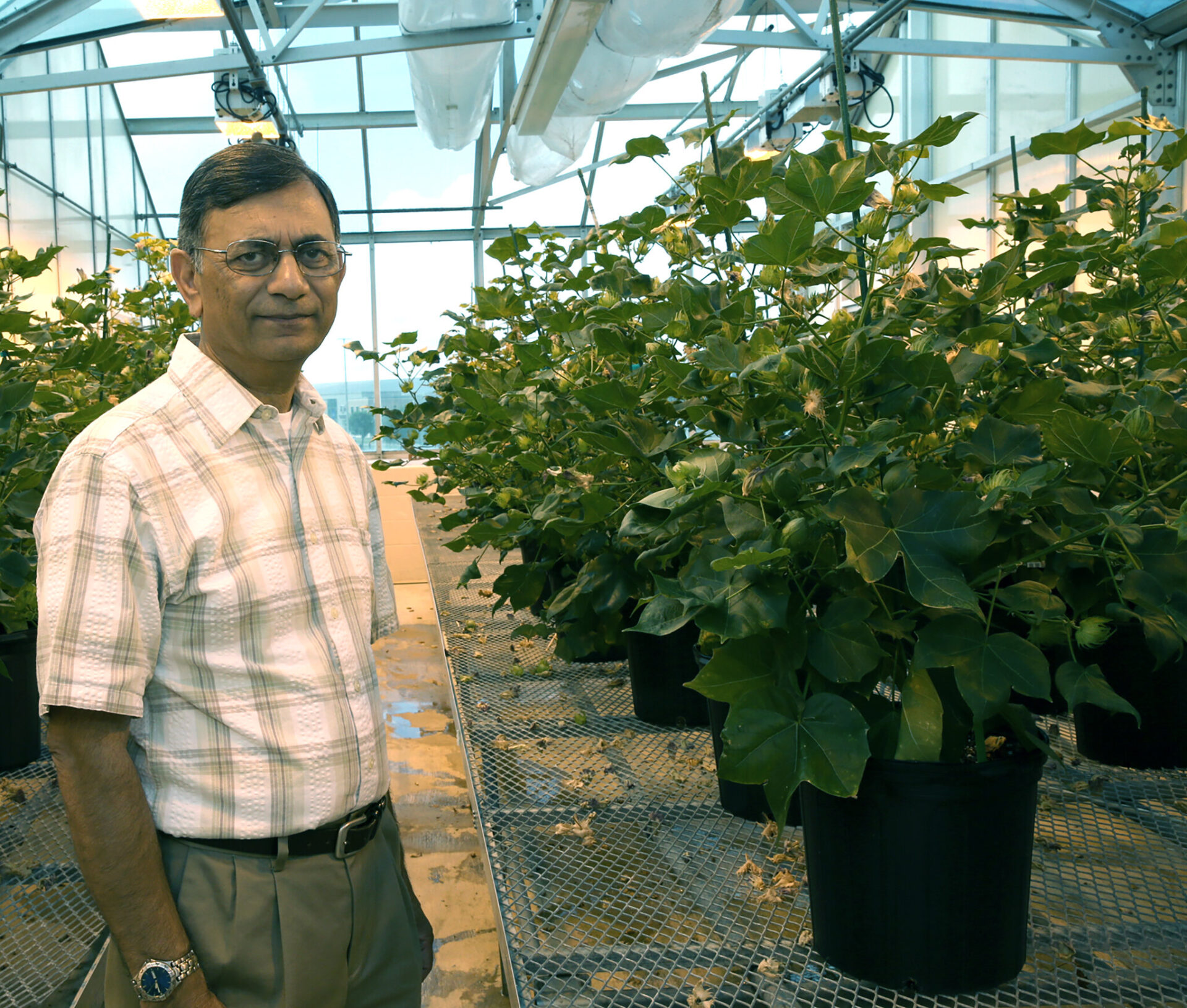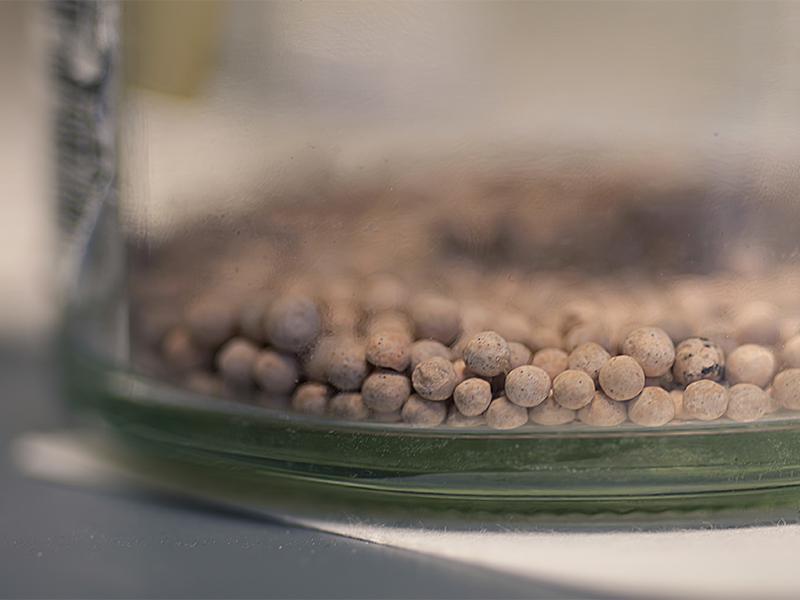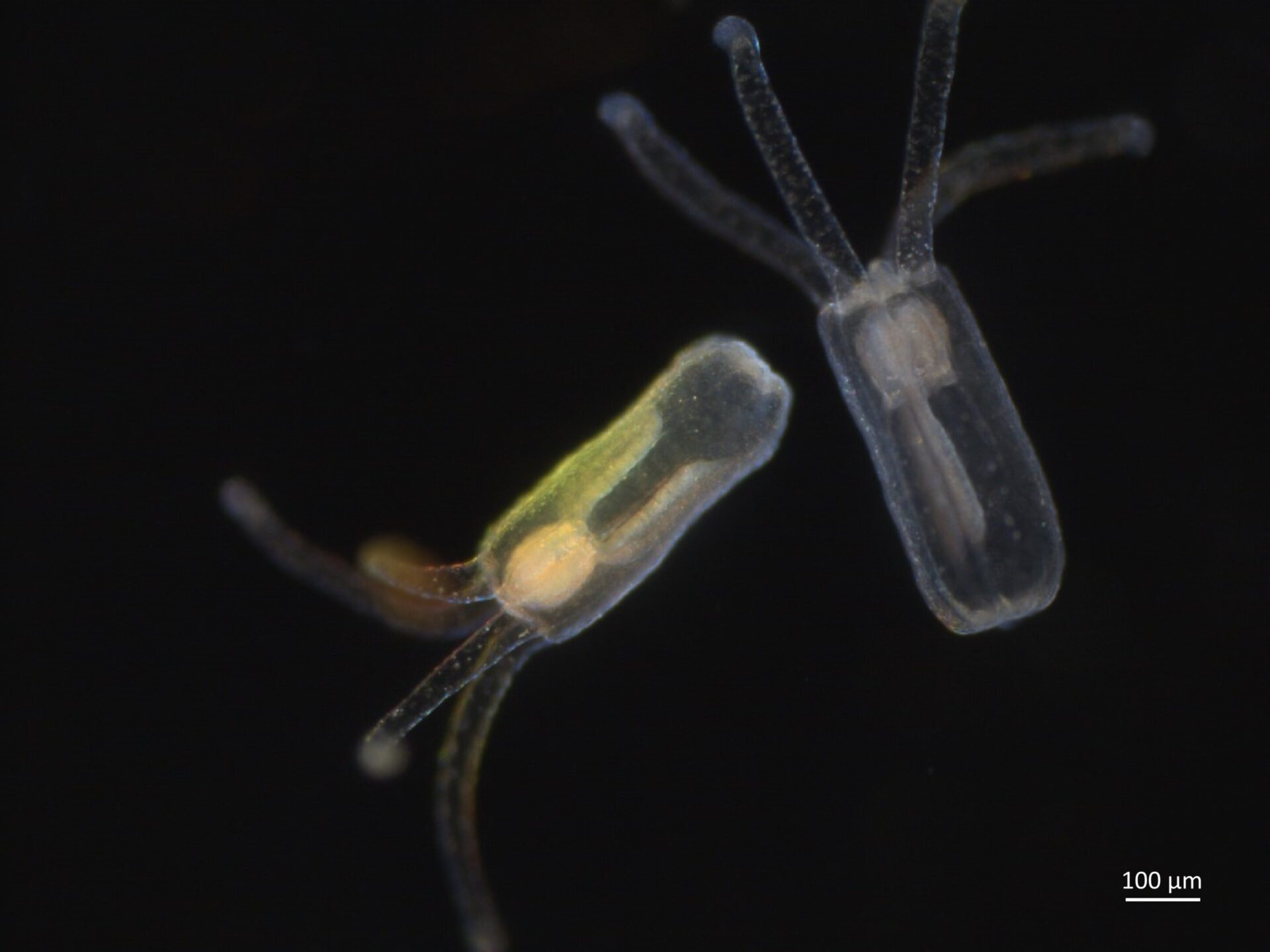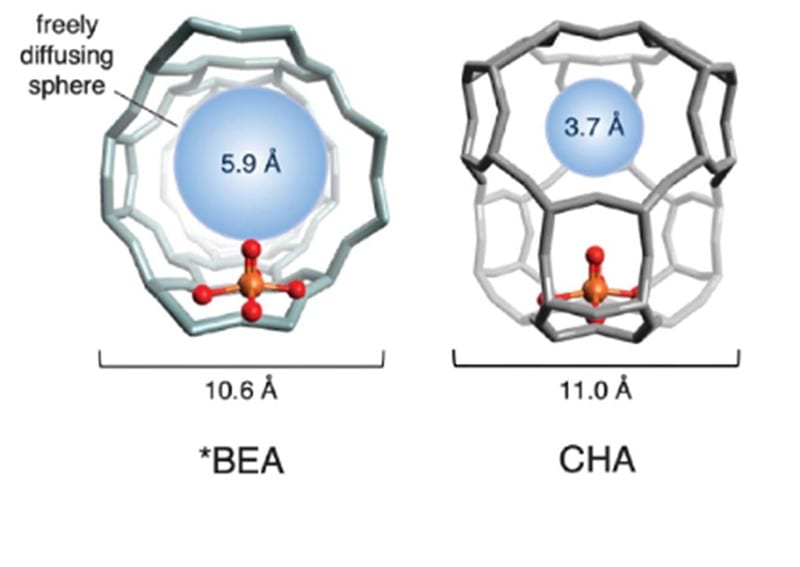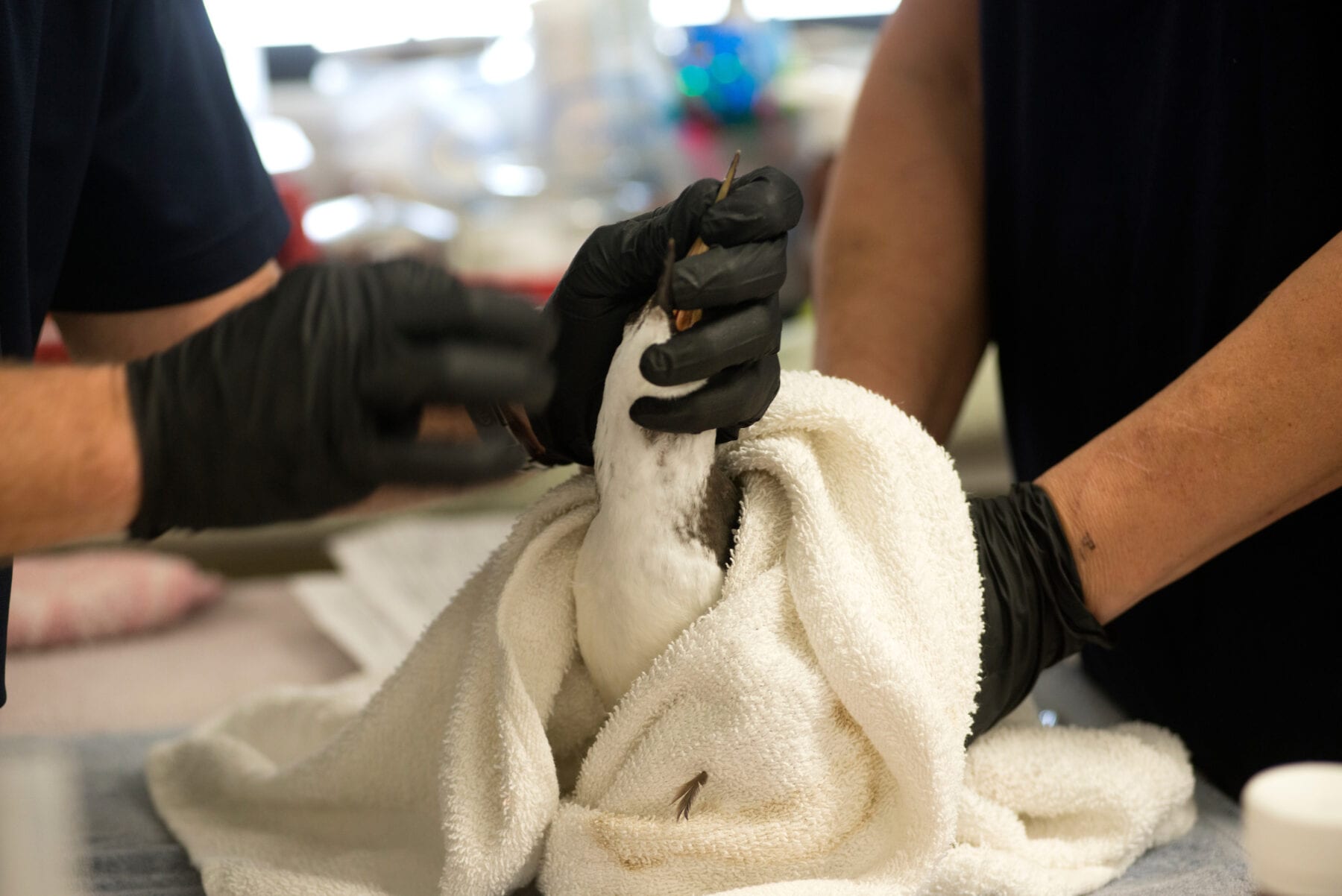
Researchers have designed a synthetic defective SARS-CoV-2 virus that is innocuous but interferes with the real virus’s growth, potentially causing the extinction of both the disease-causing virus and the synthetic virus.
IMAGE: FUSION MEDICAL ANIMATION, UNSPLASH
Researchers design new COVID-19 therapy that uses a defective version of the SARS-CoV-2 virus to drive the disease-causing version to extinction
What if the COVID-19 virus could be used against itself? Researchers at Penn State have designed a proof-of-concept therapeutic that may be able to do just that. The team designed a synthetic defective SARS-CoV-2 virus that is innocuous but interferes with the real virus’ growth, potentially causing the extinction of both the disease-causing virus and the synthetic virus.
“In our experiments, we show that the wild-type [disease-causing] SARS-CoV-2 virus actually enables the replication and spread of our synthetic virus, thereby effectively promoting its own decline,” said Marco Archetti, associate professor of biology, Penn State. “A version of this synthetic construct could be used as a self-promoting antiviral therapy for COVID-19.”
Archetti explained that when a virus attacks a cell, it attaches to the cell’s surface and injects its genetic material into the cell. The cell is then tricked into replicating the virus’ genetic material and packaging it into virions, which burst from the cell and go off to infect other cells.
“Defective interfering” (DI) viruses, which are common in nature, contain large deletions in their genomes that often affect their ability to replicate their genetic material and package it into virions. However, DI genomes can perform these functions if the cell they’ve infected also harbors genetic material from a wild-type virus. In this case, a DI genome can hijack a wild-type genome’s replication and packaging machinery.
“These defective genomes are like parasites of the wild-type virus,” said Archetti, explaining that when a DI genome utilizes a wild-type genome’s machinery, it also can impair the wild-type genome growth.
In addition, he said, “given the shorter length of their genomes as a result of the deletions, DI genomes can replicate faster than wild-type genomes in coinfected cells and quickly outcompete the wild-type.”
Indeed, in their new study, which published July 1 in the journal PeerJ, Archetti and his colleagues found that their synthetic DI genome can replicate three times faster than the wild-type genome, resulting in a reduction of the wild-type viral load by half in 24 hours.
To conduct their study, the researchers engineered short synthetic DI genomes from parts of the wild-type SARS-CoV-2 genome and introduced them into African green monkey cells that were already infected with the wild-type SARS-CoV-2 virus. Next, they quantified the relative amounts of the DI and WT genomes in the cells over time points, which gave an indication of the amount of interference of the DI genome with the wild-type genome.
The team found that within 24 hours of infection, the DI genome reduced the amount of SARS-CoV-2 by approximately half compared to the amount of wild-type virus in control experiments. They also found that the the DI genome increases in quantity 3.3 times as fast than the wild-type virus.
Archetti said that while the 50% reduction in virus load that they observed over 24 hours is not enough for therapeutic purposes, presumably, as the DI genomes increase in frequency in the cell, the decline in the amount of wild-type virus would lead to the demise of both the virus and the DI genome, as the DI genome cannot persist once it has driven the wild-type virus to extinction.
He added that further experiments are needed to verify the potential of SARS-CoV-2 DIs as an antiviral treatment, suggesting that the experiments could be repeated in human lung cell lines, and against some of the newer variants of SARS-CoV-2. Furthermore, he said, an efficient delivery method should be devised. In further work that is still unpublished, the team has now used nanoparticles as a delivery vector and observed that the virus declines by more than 95% in 12 hours.
“With some additional research and fine-tuning, a version of this synthetic DI could be used as a self-sustaining therapeutic for COVID-19,” said Archetti
Original Article: Fighting COVID with COVID
More from: Pennsylvania State University
The Latest Updates from Bing News & Google News
Go deeper with Bing News on:
Fighting COVID with COVID
- Can nasal Neosporin fight COVID? Surprising new research suggests it works
A potential treatment for COVID-19 may have been hiding in our medicine cabinets, a new study in PNAS has found ...
- Fauci agrees to testify in Congress on covid origins, pandemic policies
It marks the first time infectious-disease doctor Anthony S. Fauci will publicly face Congress since leaving government.
- Biden Mocks Trump With COVID Bleach Claim: ‘He Missed, It All Went to His Hair’
President Joe Biden is trying to knock former President Donald Trump by reviving the claim he recommended people inject themselves ...
- COVID-19 virus disrupts protein production: Researcher discusses her recent findings
Despite huge advances in our understanding of COVID-19 over the past four years, the disease is still very much among us—and there remains a lot to learn.
- Neosporin ointment in the nose may help fight off respiratory viruses
A fingerful of Neosporin antibiotic swabbed inside your nose might help you fight off a range of invading respiratory viruses, a new study claims.
Go deeper with Google Headlines on:
Fighting COVID with COVIDrs
[google_news title=”” keyword=”fighting COVID with COVID” num_posts=”5″ blurb_length=”0″ show_thumb=”left”]
Go deeper with Bing News on:
Defective interfering viruses
- What to know about the bird flu outbreak in the US after virus fragments found in milk samples
After inactive bird flu fragments were found in milk samples, here's everything you need to know about the recent bird flu outbreak.
- Could a Novel RNA-Based Vaccine Strategy Stop Endless Boosters?
A novel vaccination strategy utilizing small interfering RNA molecules could protect infants from COVID-19 and flu with a single shot. The study suggests that the vaccine strategy could offer ...
- Universal Vaccine Strategy Boosts Body’s RNAi Response to Viruses
Researchers say there is little chance of a virus mutating to avoid this vaccination strategy, which blocks viral ability to suppress host RNAi responses.
- Vaccine breakthrough means no more chasing strains
“A host — a person, a mouse, anyone infected— will produce small interfering RNAs as an ... “This should be applicable to these viruses in an easy transfer of knowledge.” Live-attenuated virus vaccine ...
- Researchers reveal how a virus hijacks insect sperm: May help control disease vectors and pests
A widespread bacteria called Wolbachia and a virus that it carries can cause ... incredibly important to the success of sperm, and any interference can impact the sperm's ability to travel in ...
Go deeper with Google Headlines on:
Defective interfering viruses
[google_news title=”” keyword=”defective interfering viruses” num_posts=”5″ blurb_length=”0″ show_thumb=”left”]

